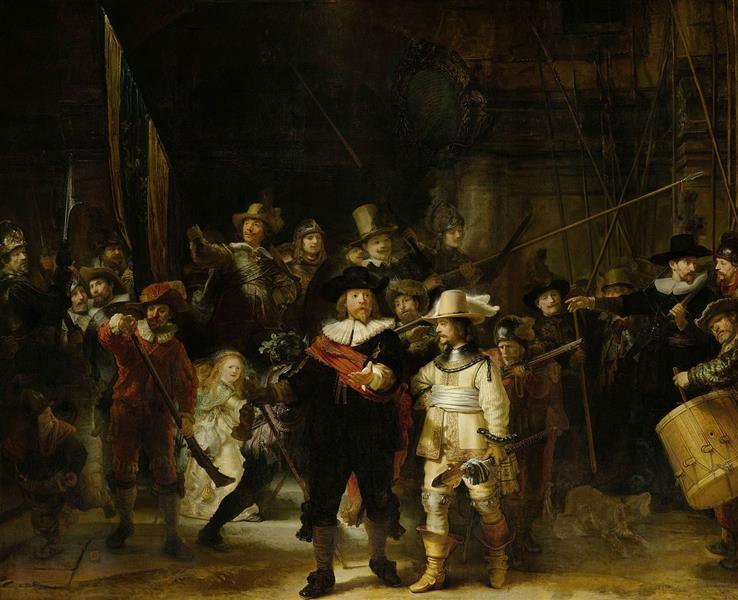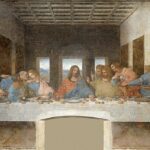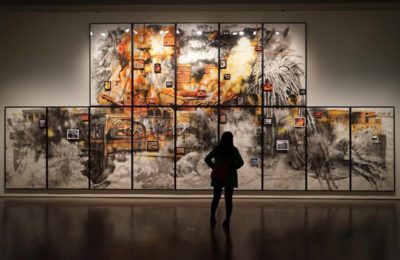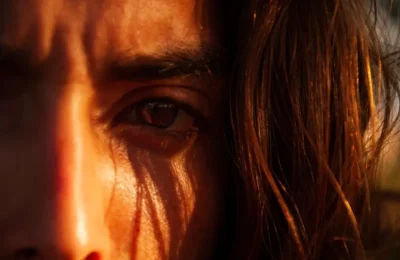Introduction to the Baroque Art Movement
The Baroque art movement is a Western art movement that flourished from the 17 century to the 1750s. The word baroque was taken from the Portuguese language the meaning of this word is irregular pearl and stone. Which referred to a cultural and art movement that was characterized in Europe from the early seventeenth to mid-eighteenth century. Baroque main focus of interest is in dramatic, exaggerated motion and clear, easily interpreted, detail. The father of this art movement is considered Gian Lorenzo Bernini who was a sculptor and an architect of the seventeen centuries. He expanded the style of Baroque by elaborating and expanding the qualities of the Renaissance art style.
Catholic Influence on this art movement
In places like Rome, Florence, and Greater Italy the catholic church influenced the baroque art movement, the main focus of interest became the grandness of Catholic liturgy, which combined the tones of realism and classism. By seeing the details in every baroque art form, it becomes evident that the main reason for this art was to appeal to human emotions, through drama and exaggeration. One of the terms the baroque art movement is associated with is chiaroscuro (a technique in which artists create high contrasts between light and shadow). It was a signature technique that was used by artist Caravaggio he used this technique to create a sense of depth in his artwork.
Key Characteristics of Baroque Art
The baroque art movement’s main characteristics included when artists used contrast, movement, ebullient detail, deep color, and surprise to achieve a sense of awe. These artists wanted to show drama in their artwork, sensuous richness, tension, high spirited emotions. One of the important official marks of this art movement is the chiaroscuro technique, which refers to the interactions between light and dark. It is often used in paintings depicting weakly lilted scenes, creating an intense atmosphere through high-contrast lighting. During this art movement colors were used in heavy, dark, saturated colors which were red, maroon, dark emerald, and mustard. Meanwhile, in Rococo, bright colors make way for pastel tones: pinks, light blues, and lilacs.
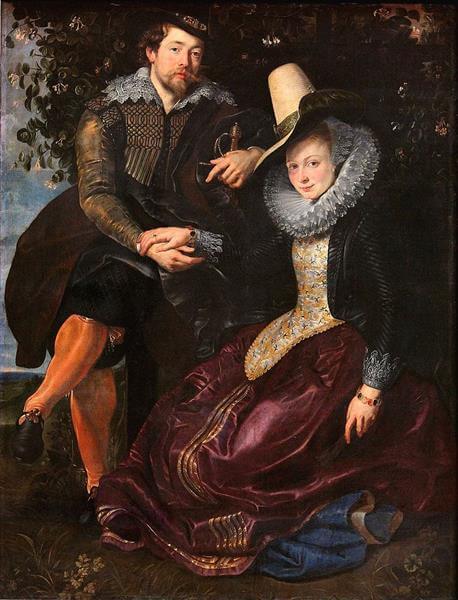
Themes of the Baroque Art Movement
In this art movement artists represented intense light, grand visions, ecstasies and death, religious conversions, and commitment to religious commemoration. These paintings often illustrate melodrama theatricality, and they showed sometimes emotional qualities even shocking elements, focusing on the climactic moment. The artist usually painted visions, death, and overall intense scenes.
Famous Baroque Artists and Their Masterpieces
The main artists art this art movement are Caravaggio, Peter Paul Rubens, and Rembrandt. The artist Caravaggio was an Italian painter of was active in Rome throughout his artistic journey one of his famous artworks is Judith Beheading Holofernes, Peter Paul Rubens was a Flemish painter and a diplomat he is considered one the most influential artists of this art movement his most famous artwork is the elevation of the cross. Rembrandt is considered one of the most important artists in the history of art his famous is The Night Watch.
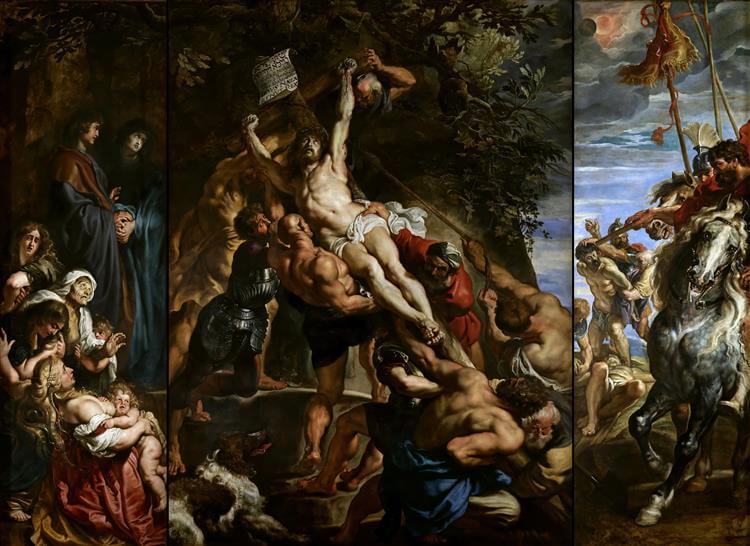
Conclusion
- The word baroque was taken from the Portuguese language the meaning of this word is irregular pearl and stone.
- The catholic church influenced the baroque art movement.
- In this art movement artists represented intense light, grand visions, ecstasies and death, and religious conversions.
- The colors were used in heavy, dark, saturated colors which were red, maroon, dark emerald, and mustard.
